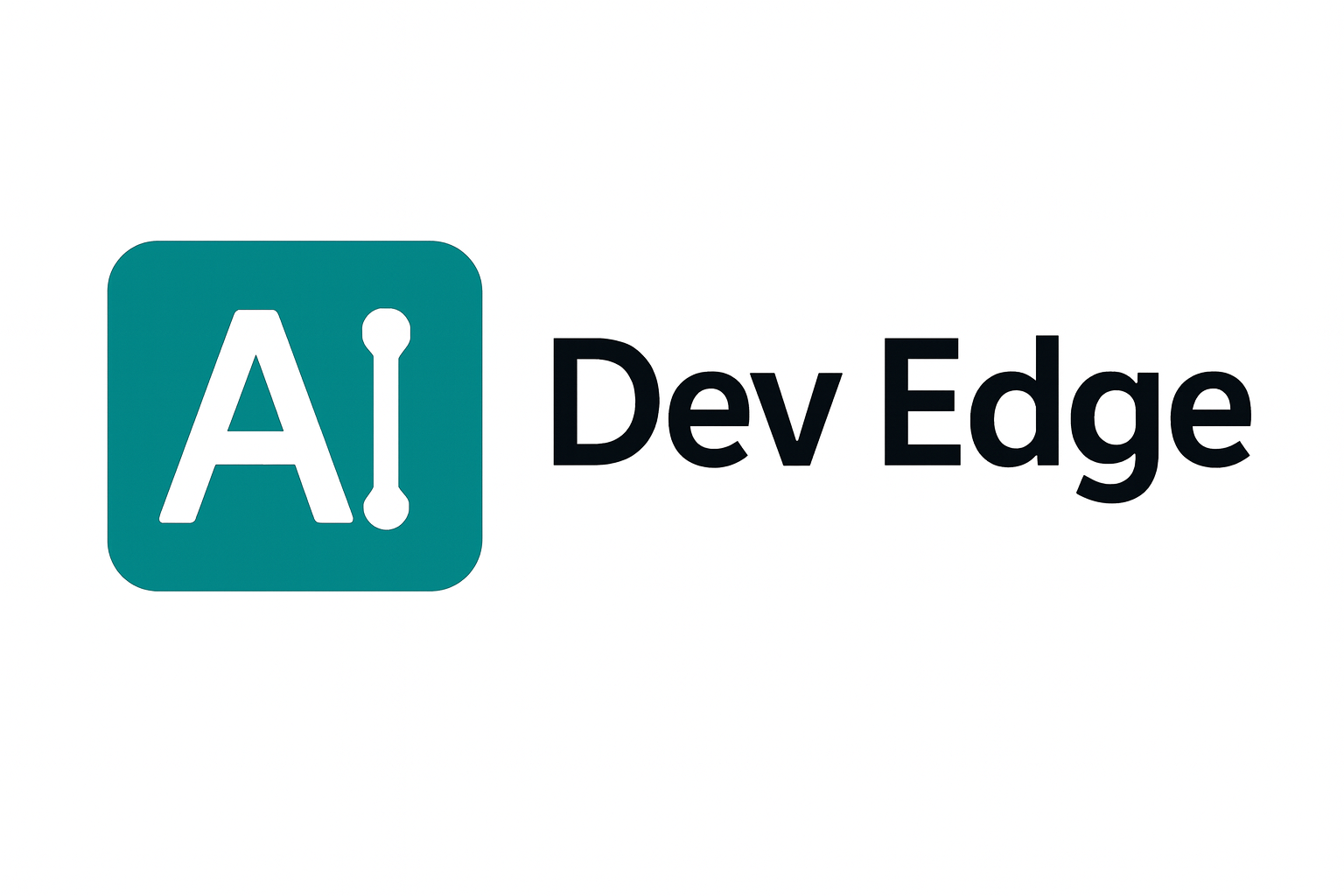Accelerate Automation Creation with an AI-Powered Workflow Assistant for Salesforce Flow
In today's fast-paced business environment, automation is key to efficiency and productivity. For Salesforce administrators and developers, creating effective workflows can be time-consuming. Enter the AI-powered workflow assistant for Salesforce Flow. This innovative tool leverages the Models API and Einstein Trust Layer to transform natural-language prompts into actionable flow actions, enriched with CRM context. This article explores how this technology accelerates automation creation, offering a powerful solution for Salesforce users looking to streamline their processes.
Understanding the AI-Powered Workflow Assistant
What is the AI-Powered Workflow Assistant?
The AI-powered workflow assistant for Salesforce Flow is a cutting-edge tool designed to simplify the creation of automation workflows. By using natural-language prompts, it enables users to generate flow actions quickly and efficiently. This assistant leverages the Models API to interpret and execute commands, while the Einstein Trust Layer ensures that these operations are secure and reliable. The result is a seamless experience for admins and developers who need to build sophisticated workflows without extensive manual input.
How Does It Work?
The workflow assistant uses natural-language processing (NLP) to understand user commands. For example, an admin can input a simple prompt like "Create a new lead when a contact form is submitted." The assistant then translates this prompt into a series of flow actions, incorporating relevant CRM data to ensure accuracy and context. The Einstein Trust Layer safeguards this process by maintaining data integrity and security, providing confidence in the automation's performance.
Benefits for Salesforce Users
Speeding Up Workflow Creation
The primary advantage of the AI-powered workflow assistant is its ability to accelerate the creation of automation workflows. Traditional methods require detailed planning and manual configuration, which can be time-consuming. With this assistant, users can quickly generate complex workflows from simple prompts, significantly reducing the time spent on development and deployment.
Enhancing Accuracy and Context
By incorporating CRM context, the assistant ensures that the generated workflows are not only accurate but also relevant. This contextual understanding allows for more precise automation, reducing the need for revisions and adjustments. For instance, when creating a workflow to manage customer interactions, the assistant can automatically pull relevant data from the CRM, ensuring that each action is informed by the most up-to-date information.
Improving Collaboration Between Teams
The natural-language interface of the workflow assistant bridges the gap between technical and non-technical teams. Business users can easily articulate their needs in plain language, while developers can rely on the assistant to translate these requirements into executable flows. This facilitates better collaboration and ensures that workflows meet business objectives.
Practical Applications and Examples
Before and After: Workflow Creation
Consider a scenario where a company needs to automate its lead nurturing process. Traditionally, this would involve multiple steps, including identifying triggers, mapping out the flow, and manually configuring each action. With the AI-powered assistant, the process is streamlined. A prompt like "Automate lead nurturing for new sign-ups" can instantly generate a comprehensive workflow, integrating email campaigns and follow-up tasks with CRM data.
Use Cases Across Industries
The versatility of the workflow assistant means it can be applied across various industries. In healthcare, it could automate patient appointment scheduling, while in finance, it could streamline loan processing. The ability to tailor workflows to specific business needs makes it an invaluable tool for any organization using Salesforce.
Conclusion
The AI-powered workflow assistant for Salesforce Flow represents a significant advancement in automation technology. By harnessing the power of the Models API and Einstein Trust Layer, it empowers Salesforce users to create efficient, context-rich workflows with ease. This tool not only accelerates workflow creation but also enhances accuracy, fosters collaboration, and broadens the scope of automation possibilities across industries.
FAQs
How does the AI-powered workflow assistant ensure data security?
The Einstein Trust Layer provides robust security measures, ensuring that all data processed by the workflow assistant is protected and compliant with industry standards.
Can non-technical users benefit from the workflow assistant?
Yes, the natural-language interface allows non-technical users to create workflows easily, bridging the gap between business needs and technical execution.
Is the workflow assistant compatible with existing Salesforce processes?
Absolutely, the assistant is designed to integrate seamlessly with existing Salesforce processes, enhancing them with AI-driven automation capabilities.
